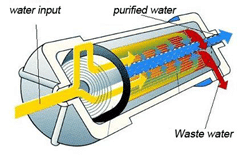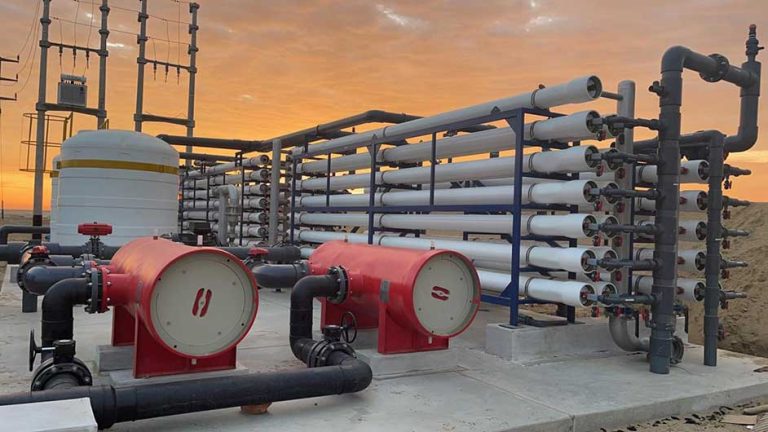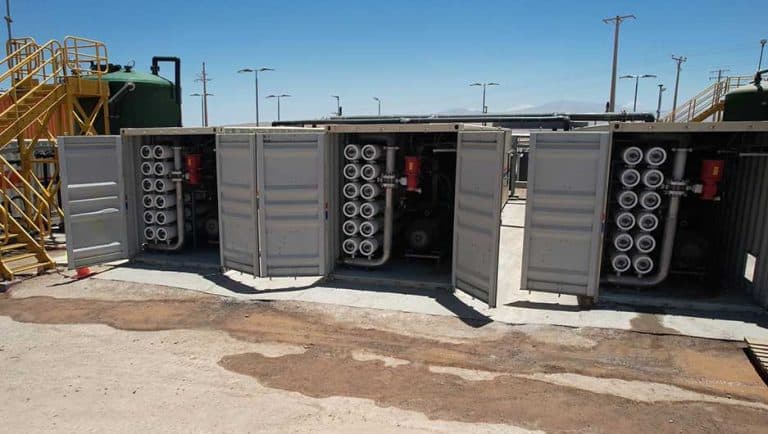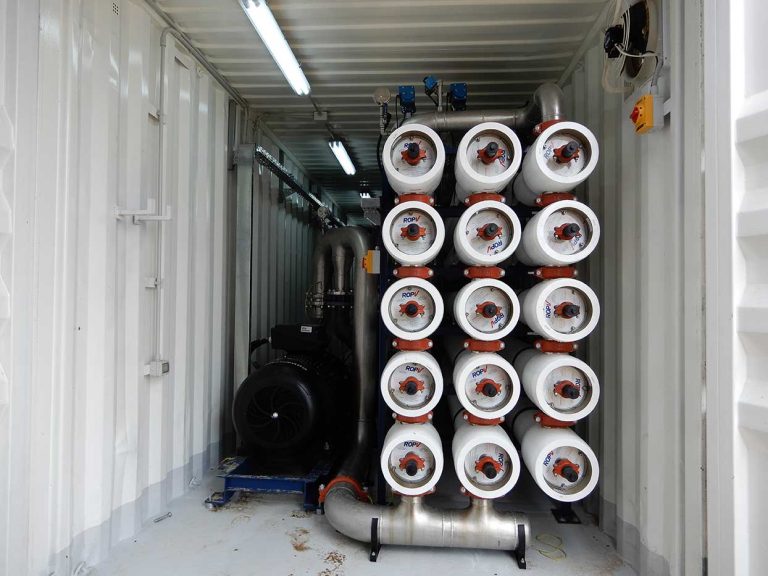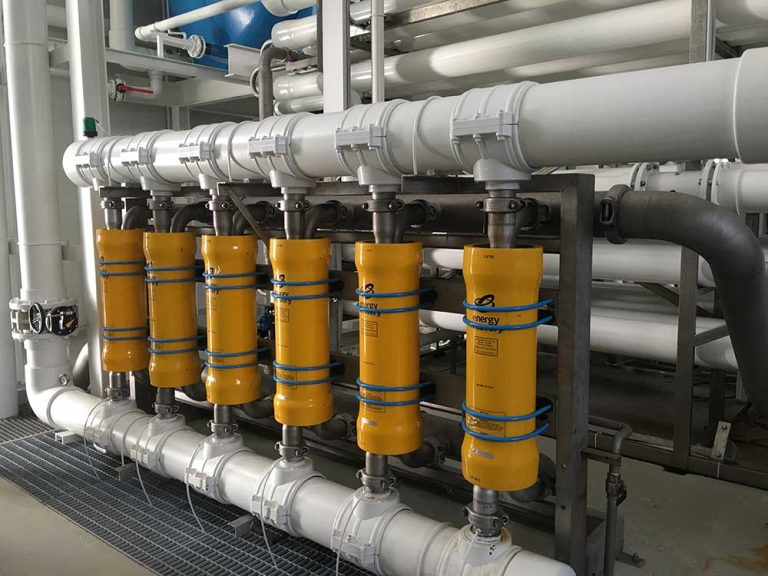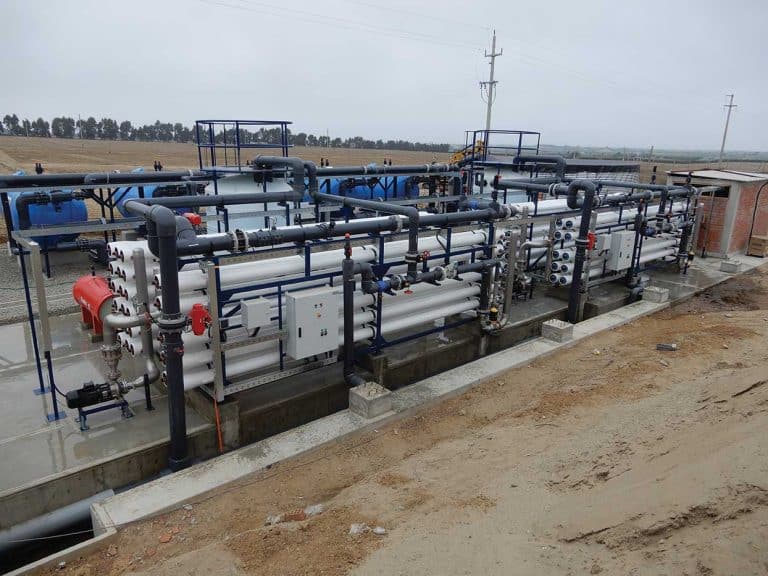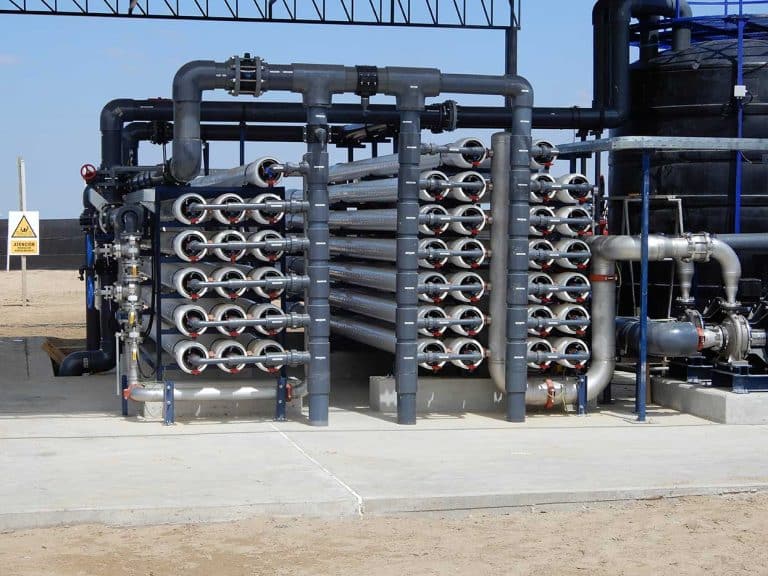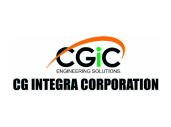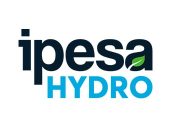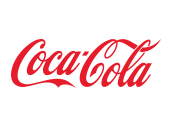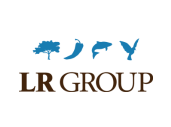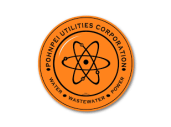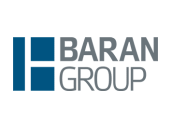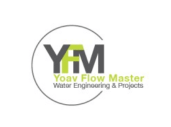Desalination by reverse osmosis is a fundamental method of water treatment in many industrial, municipal and agricultural applications.
Reverse osmosis is the process of separating ions from water. The feed water stream is separated into one stream of purified water and another stream of concentrated solutes and particulates (called “brine”).
The process of separation occurs by applying pressure on the membranes. Dissolved salts will not permeate the membrane as easily, however, because of their size and charge characteristics. By contrast, the clean water with very small amounts of dissolved solids passes the membranes and is collected as permeate water, while the solution with the molecules that cannot pass through the membranes is collected as concentrate.
Typically, the RO membranes can handle up to 50,000 mg/l of total dissolved solids (TDS).
Brackish Water Reverse Osmosis (BWRO):
TDS typically falls up to 10,000 mg/l.
The membranes in his case have slightly larger pores compared to SWRO. This allows for easier passage of water through the membrane at lower pressure (and therefore less energy consumption).
Sea Water Reverse Osmosis (SWRO):
TDS in much higher than BWRO and can treat up to 50,000 mg/l of salts.
The membrane pores are a little tighter than the BWRO membranes and the working pressure is higher. Therefore, the energy consumption is higher compared to the BWRO membranes.
In some cases, for specific applications, SWRO membranes will be used for brackish water.
At Okiana, we use several new technologies and approaches to reduce brine and raise the recovery ratio.
For instance, we offer ultra-high pressure (UHP), which enables treating up to 120,000 mg/l of TDS and/or increasing recovery ratios. This approach involves pressure that is much higher, reaching as high as 170 bars.
Another technology that our engineers use often is Energy Recovery Device (ERD) units, which uses the pressure from the rejected high-pressure brine steam to pressurize the incoming feed water going into the RO, reducing the system’s overall energy consumption.
A cross section of membrane in operation:
